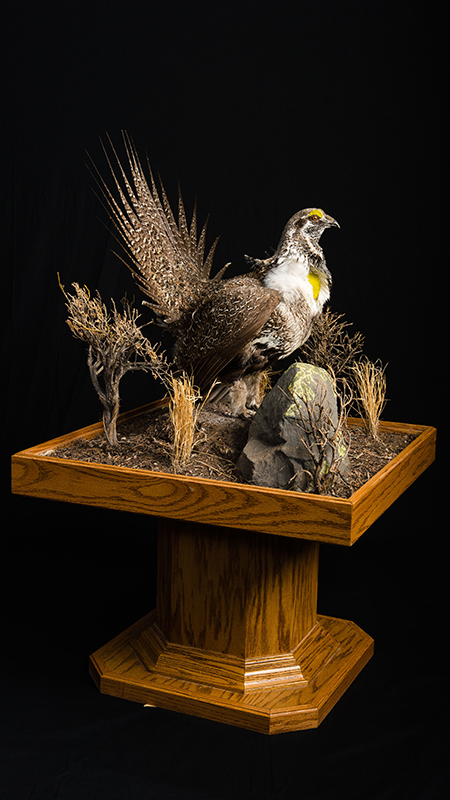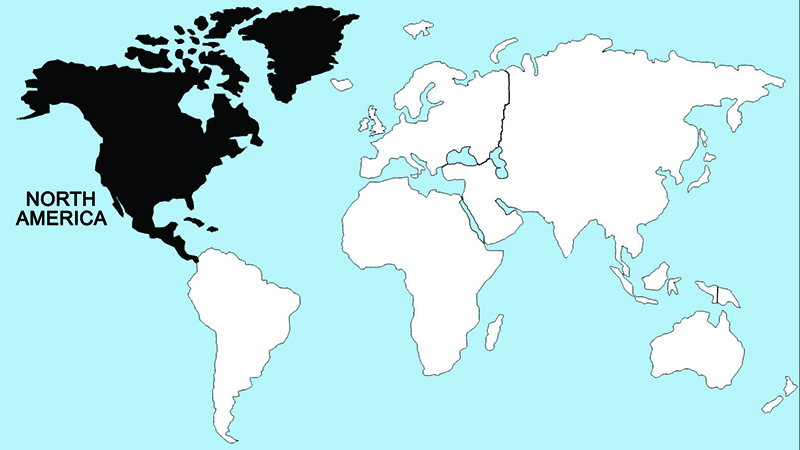Greater Sage-Grouse

The greater sage-grouse is the largest of the North American grouse and is dependent on various species of sagebrush for food and cover throughout its range. The most famous aspects of the greater sagegrouse's social behavior are their "strutting" behavior and the formation of large display congregations. Like other North American grouse that display socially in “leks,” (prairie-chickens and sharp-tailed grouse), these groups are highly structured, with dominant males ("master cocks") occupying central territories. The territories of the progressively less dominant males are organized in a series of roughly concentric patterns around that central territory. The strutting display is marked by a complex sequence of stepping, wing movements, and inflations of the esophagus that expand two olive-colored skin patches (“air sacs”) on the breast. Females are attracted to the lek and invariably move toward the territory of the most dominant male. Apart from this brief contact, males have little contact with females until they merge into fall flocks.
About ten days are needed to lay the clutch of about eight eggs, and another 25–27 days are required for incubation. After hatching, females gradually move their broods to places where food is plentiful, usually in relatively moist areas such as hay meadows, river bottoms, or irrigated areas. After 10–12 weeks the young are fairly independent of their mother.
Regions Birds Are Found

Collection Location & Year
U.S. Wyoming 1991
Taxonomy
| Order | Galliformes |
|---|---|
| Family | Phasianidae |
| Sub Family | Tetraoninae |
| Species | Centrocercus |
| Genus | urophasianus |
Gender
Male
References
- Johnsgard, P. A. 1973. Grouse and Quails of North America. Lincoln, NE: Univ. of Nebraska Press.